Daily post 24 Jun 2013 06:58 am
Old Boards at Disney’s
I’ve recently been reading John Canemaker‘s excellent book, Paper Dreams: The Art & Artists of Disney Storyboards. This book not only examines the history of the Disney storyboard but the artists who drew them, as well. We get tp examine the lives of people like Tee Hee and Ted Sears, Webb Smith and Pinto Colvig, Roy Williams, Bianca Majolie, Carl Barks, and, of course, the great Bill Peet.
Along the way we see shorts like Elmer Elephant, Playful Pluto (fly paper sequence), Brave Little Tailor, Mother Goose Goes Hollywood, The China Shop, and Donald’s Lucky Day develop. Fetures like Snow White, Fantasia, 101 Dalmatians, Pinocchio and Lady & The Tramp all took shape.
I’ve pulled some of the great art from these films for you to take a look at.

Don Williams (the “old Mousketeer” self-portrait)
Snow White gags.
Elmer the Elephant
The board for this Silly Symphony is attractive.
The Western Publishing book edition is a gem, as well.
Beautiful W/C illustrations.
Flowers and Trees
Done in 1932, it was the first animated short done in Technicolor.
Still, the board is a beauty.
The Old Mill
An Oscar Winner done just prior to Snow White. It acted, in a way,
as a test for ther feature and its effects. The film’s a beauty, yet
the board looks not too distant from Flowers and Trees.
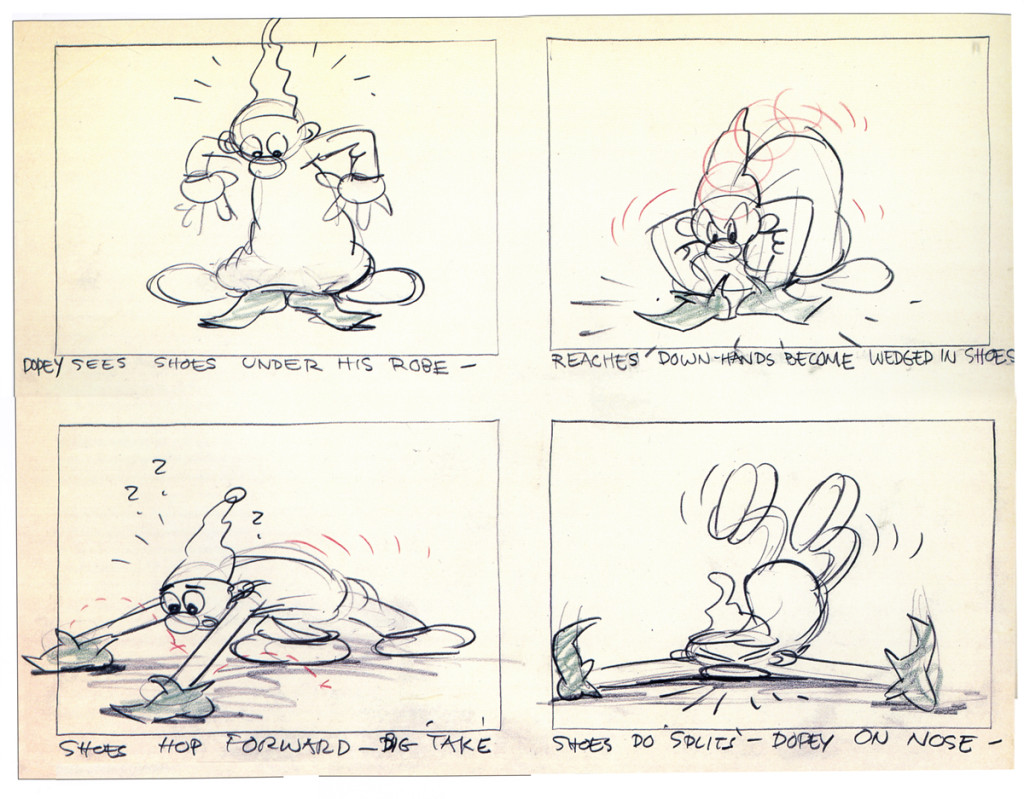
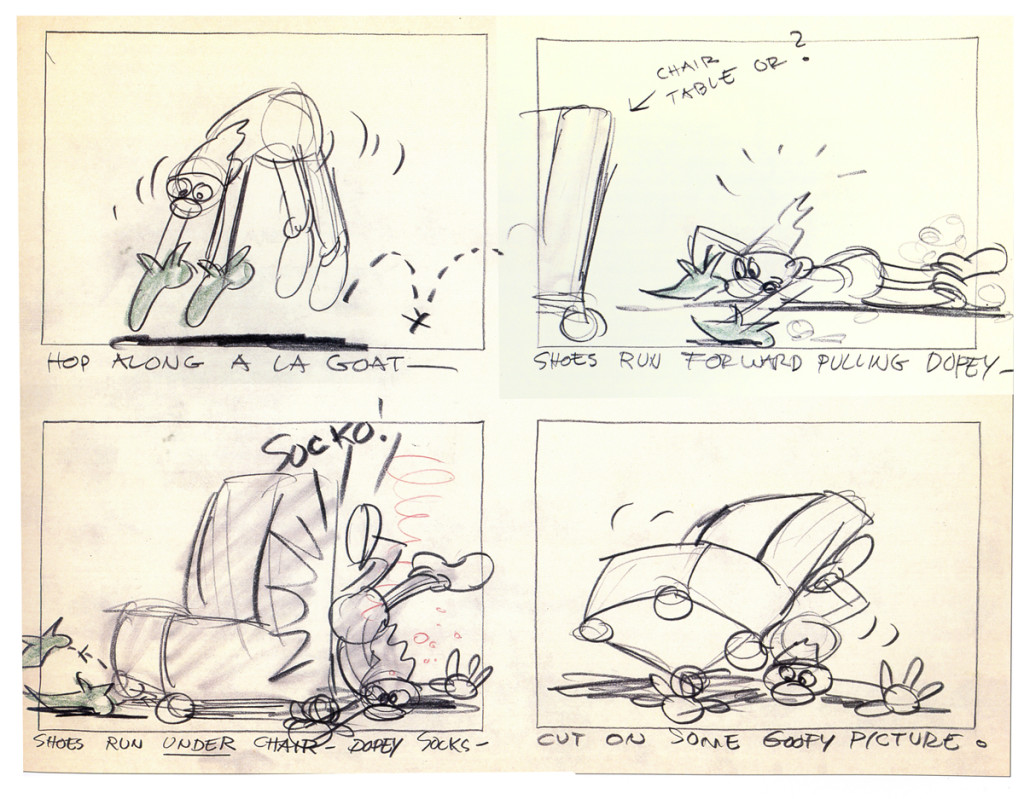
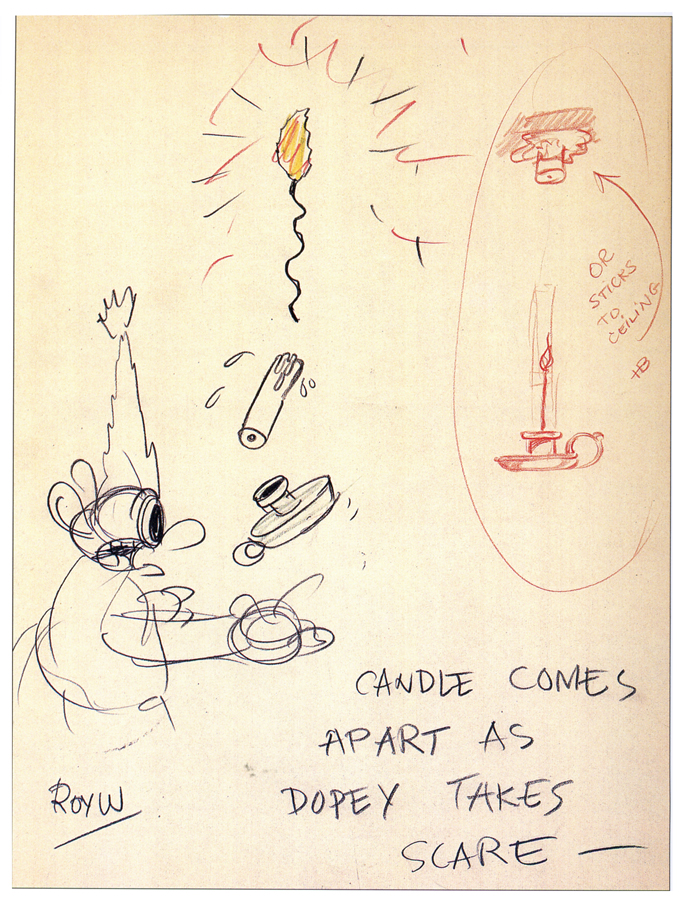
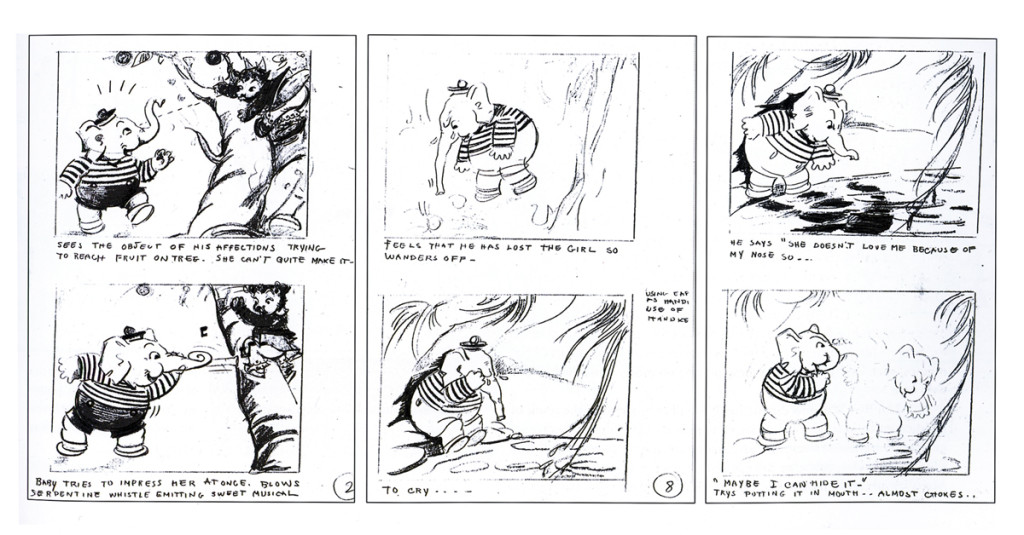
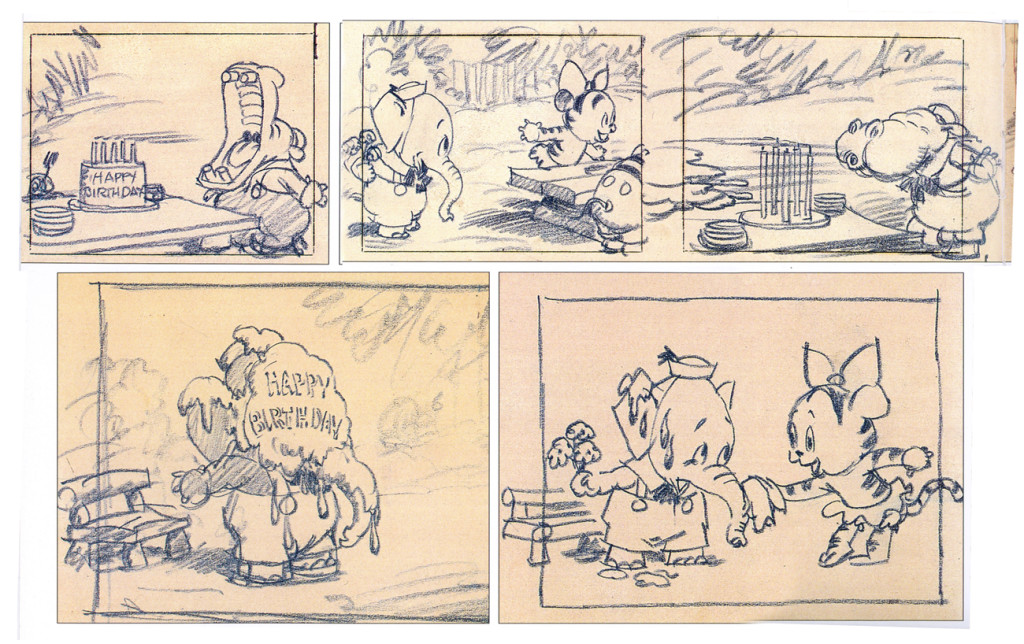
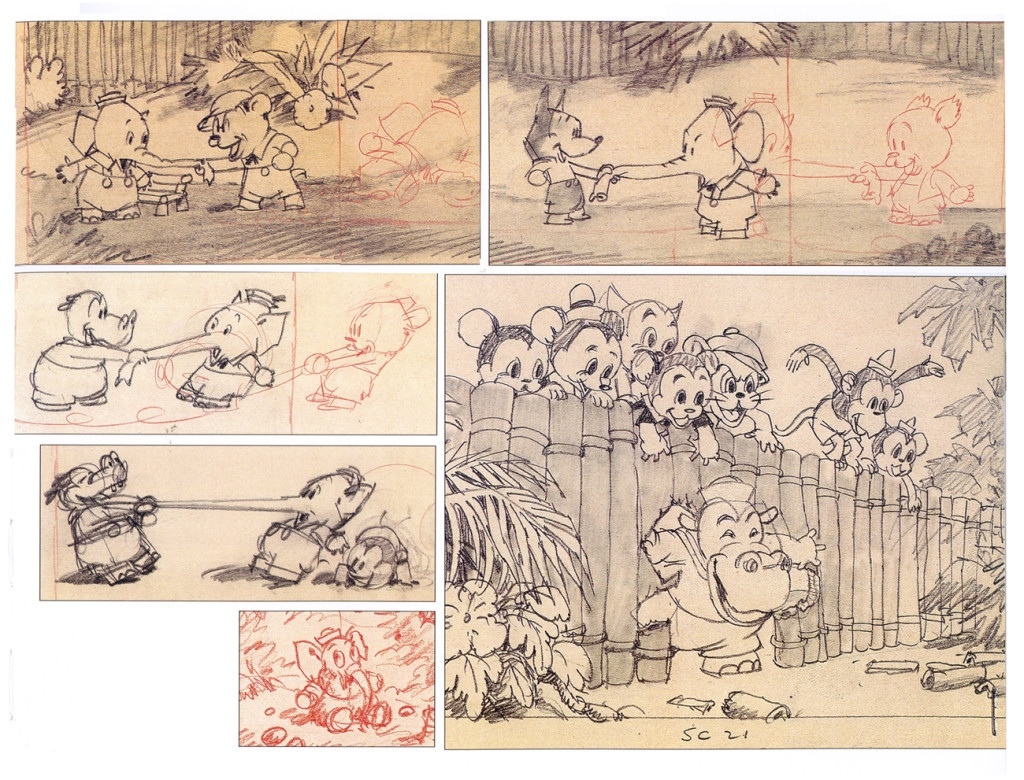
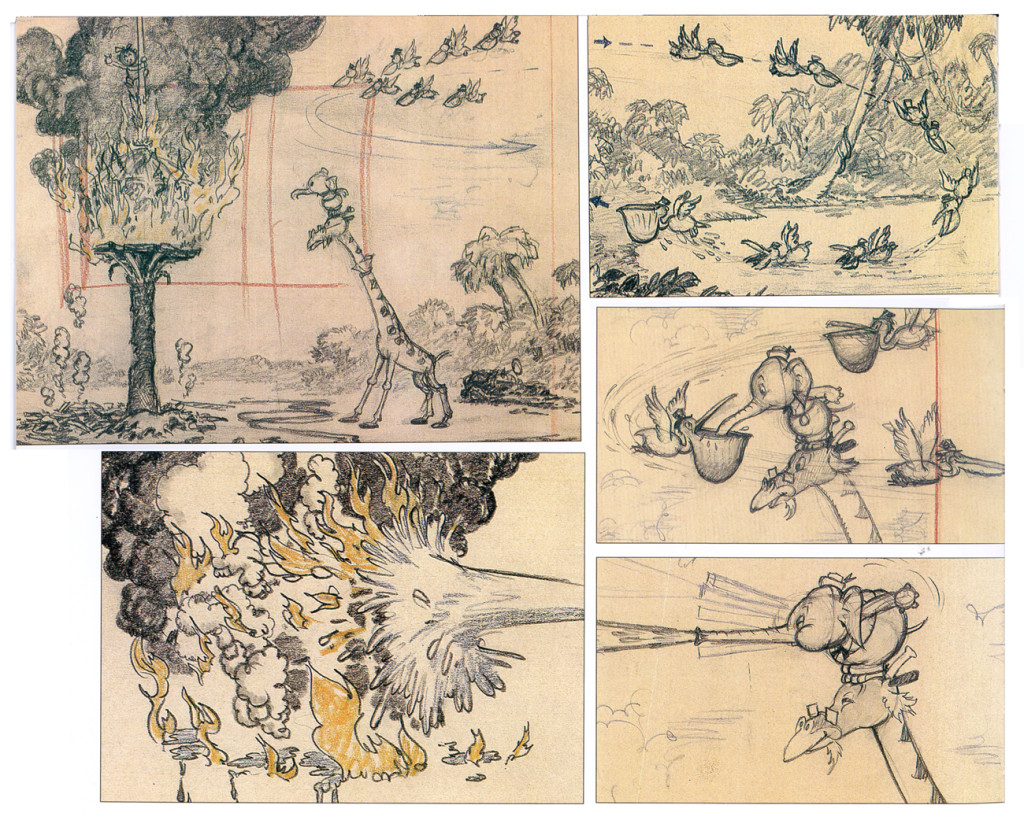
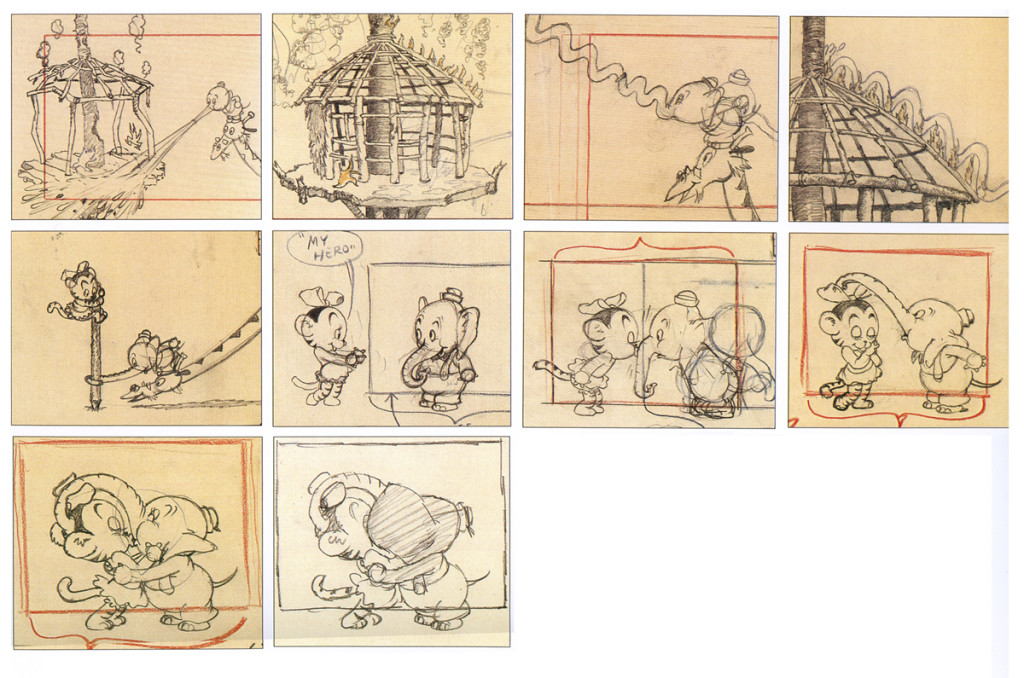
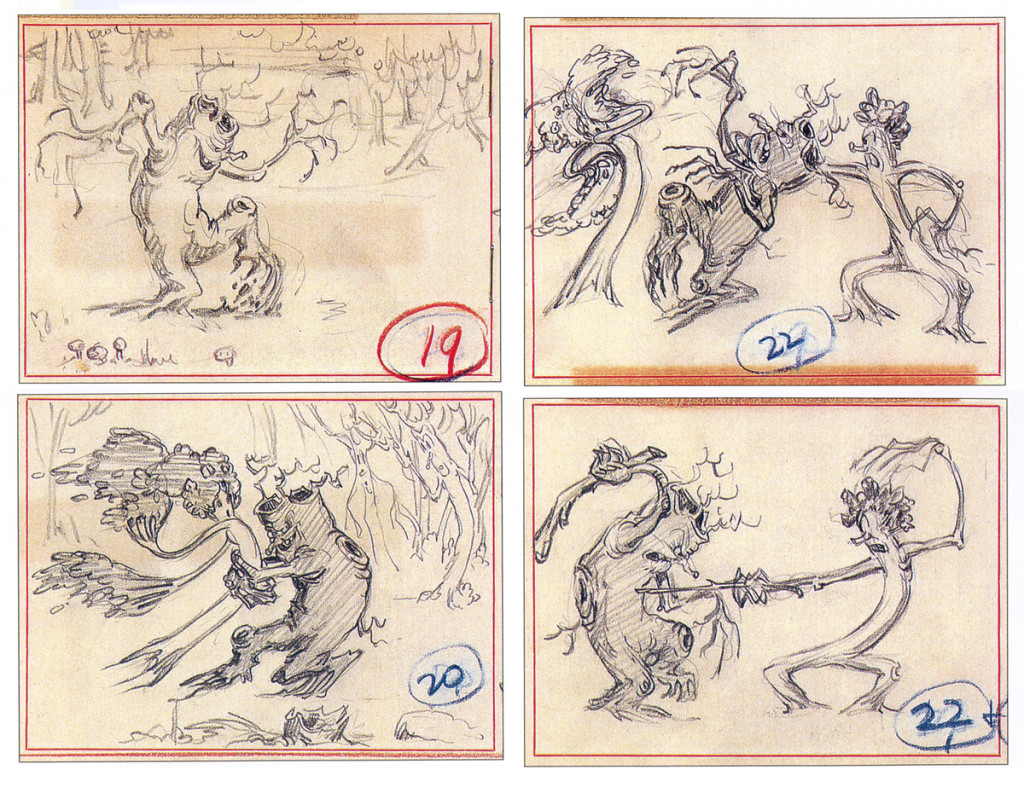
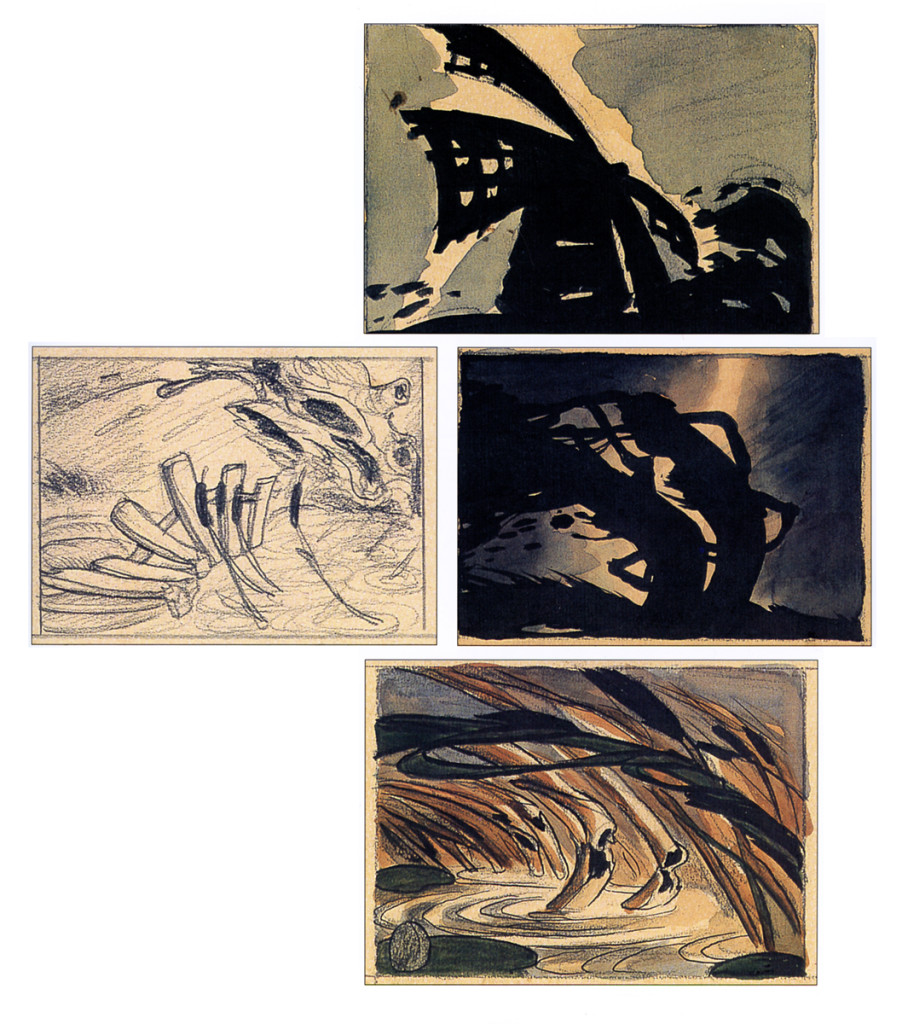
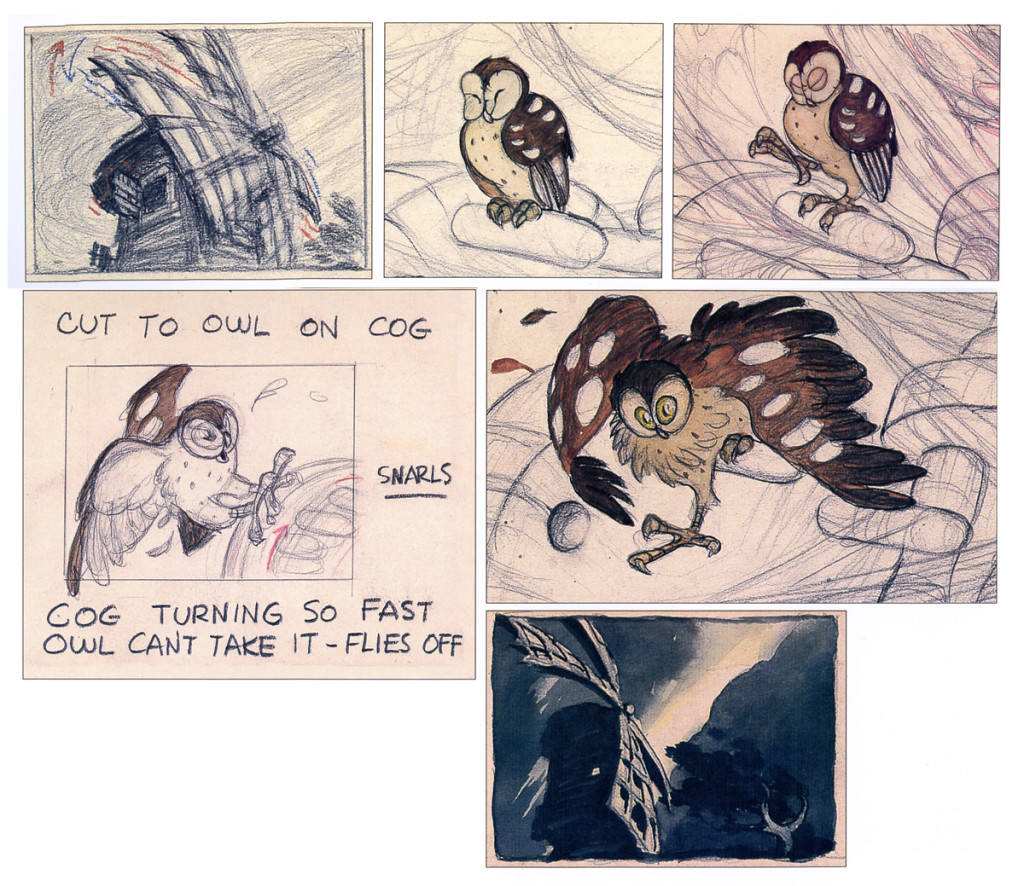

on 24 Jun 2013 at 11:27 pm 1.Andy said …
Oh that book changed my life! I should really go through that one again! Maybe that’s what I’ll do tonight!
on 25 Jun 2013 at 9:56 am 2.Don Peri said …
self portrait should read Roy Williams, not Don Williams.
on 26 Jun 2013 at 5:56 am 3.Fraser MacLean said …
For what it’s worth, “Paper Dreams” was both a major inspiration and a tremendous source of reference for me when I was working on “Setting The Scene”. Furthermore John himself not only supported and encouraged the project, kindly agreeing to advise and to be interviewed, he has – over the years – welcomed many Scottish animation students to New York and has allowed them to sit in on occasional classes and meet with his own students at NYU. My own copy of “Paper Dreams” has been around the map with me, helping to inform and inspire groups of students from Dundee to Beirut. For me one of the most important aspects of John Canemaker’s work as a historian is his celebration (and explanation) of drawing in all it’s forms, from the observational to the fanciful – nor does he shy away from exploring the many different styles (and applications) of traditional draftsmanship required in all the different departments. Thanks to his exhaustive research and his great abilities as a communicator, countless students around the globe have been able to see and understand how all these different artists, techniques and processes relate to (and support) one another.
on 26 Jun 2013 at 7:27 am 4.Stephen Macquignon said …
What brilliant artwork
on 29 Jun 2013 at 5:40 am 5.Mark Sonntag said …
Fraser, “setting the Scene” is one of my favorite animation books. Having been a layout artist it was great to see someone talk about that side of animation. That and “paper Dreams”are two absolute must haves for the animated film maker. I’d also add Hans Bacher’s “Dream Worlds” to the list.
on 03 Apr 2015 at 1:02 pm 6.Deeanna Deaquino said …
You tried something new!! Shipshape for you! I am always afraid I’ll spoilwhen I try new stuff. What made you end to trynew stuff? I ’d like to get induced. Might be you have some notions you can share.